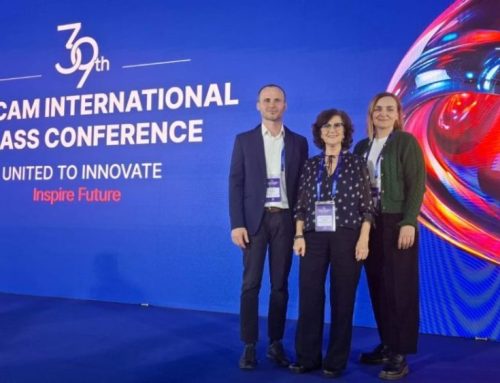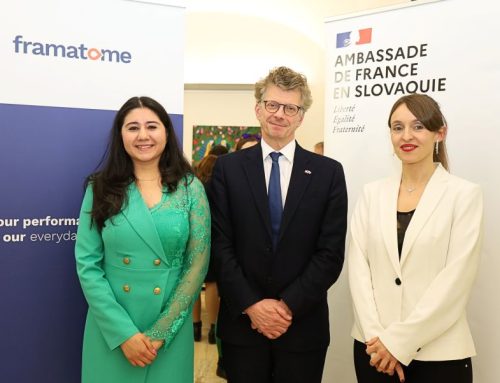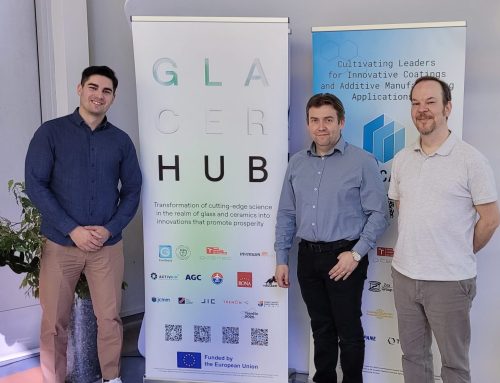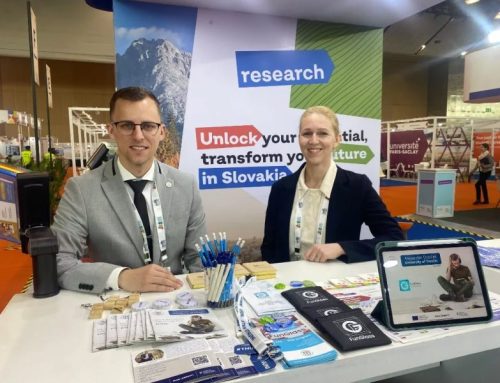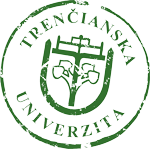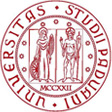New FunGlass member from Argentina
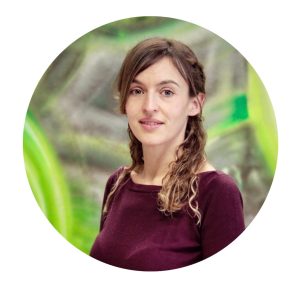 Let us introduce new FunGlass member – Dr. Diana Carolina Lago from Argentina.
Let us introduce new FunGlass member – Dr. Diana Carolina Lago from Argentina.
She received her Ph.D in Engineering Science from Instituto Balseiro, an academic institution depending on Universidad Nacional de Cuyo (Argentina) and Argentinean National Atomic Energy Commission (CNEA), in 2021 with the thesis entitled ‘’Vitrification of a simulated nuclear waste stream”, which was awarded with highest honors. She has worked on the synthesis and characterization of borosilicate and aluminosilicate glasses for nuclear applications, with the special emphasis in the design of a sintering process capable to immobilize a simulated high-level waste coming from the chemical dissolution of a spent nuclear fuel from a PHWR reactor (Argentinean reactor). This involved an extensive study of the interaction between sintering and crystallization kinetics of the sintered glass powders. In addition, she has also studied the possibility of reducing the nuclear waste thermal load, specifically that produced by 137Cs, immobilizing it on a nanoporous silica glass matrix through its adsorption from an aqueous solution. Her developments involved the use and manipulation of radioactive materials, as well as different analytical techniques for the analysis and physicochemical characterization of the waste forms such as DTA-TG, XRD, DSC-ME, HTM, SEM, TEM, OM, ICP, UV-Vis, FT-IR, Vickers hardness and MCC-1 essays.
She participated in two International Atomic Energy Agency’s technical cooperation projects (IAEA ARG9013 and IAEA ARG9013), as well as two short-term IAEA scientific missions at Lomonosov Moscow State University (Russian Federation) and University of Sheffield (United Kingdom). She published 6 papers in peer-reviewed international journals, 1 book chapter and more than 25 contributed lectures at international meetings and conferences. She joined Glass Processing Department focus on highly porous glass-ceramic production through the process of weak alkaline activation and subsequent sintering by viscous flow and their applications.
Welcome, Diana!


